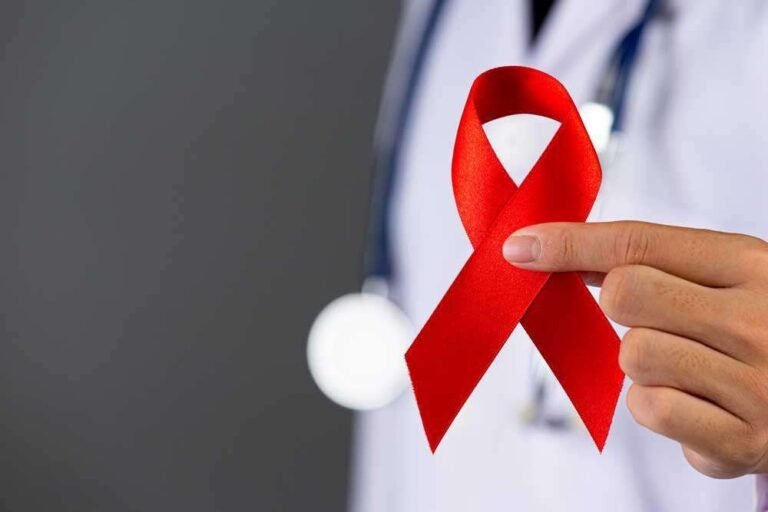HIV transmission refers to the ways in which the Human Immunodeficiency Virus (HIV) is spread from one person to another. HIV is a virus that weakens the immune system by attacking cells that help the body fight infections. Without treatment, HIV can lead to AIDS, a serious condition that leaves the body vulnerable to life-threatening illnesses. Understanding how HIV spreads and how it does not can help prevent new infections and reduce fear and stigma.
HIV is transmitted through certain body fluids from a person who has the virus. These fluids include blood, semen, pre-seminal fluid, vaginal fluids, rectal fluids, and breast milk. For HIV to be transmitted, these fluids must come into direct contact with the bloodstream or mucous membranes of another person. Mucous membranes are found in areas such as the vagina, penis, rectum, and mouth. HIV can also enter the body through open cuts or sores or through direct injection into the bloodstream, such as by using contaminated needles.
One of the most common ways HIV is spread is through unprotected sex. Vaginal and anal sex without a condom or without taking HIV prevention medicine, such as PrEP, carries a high risk of transmission. The virus can pass from one partner to another during sex if one person has HIV and their viral load is not controlled through medication.
Sharing needles or syringes is another major cause of HIV transmission. People who inject drugs and share injection equipment with others are at high risk of getting HIV. The virus can live in a used syringe for a long time, and even a small amount of infected blood is enough to spread HIV.
HIV can also be transmitted from mother to baby during pregnancy, childbirth, or breastfeeding. However, with proper medical care, this risk can be greatly reduced. Mothers who take HIV medicine during pregnancy and avoid breastfeeding can prevent their babies from getting the virus.
Although rare today, HIV transmission through blood transfusions can still happen in some countries. In places with good medical systems, all donated blood is tested for HIV, making this type of transmission very unlikely.
It is important to know that HIV is not spread through casual contact. You cannot get HIV from hugging, shaking hands, sharing food or drinks, coughing, sneezing, or using the same toilet or shower. The virus does not live long outside the human body and cannot grow or spread without a human host. This means that everyday contact with someone who has HIV is completely safe.
There are many effective ways to prevent HIV transmission. Using condoms during sex is one of the easiest and most reliable methods. Another option is taking PrEP, a daily medicine that protects people who are at high risk. Regular HIV testing and knowing your partner’s HIV status can also help prevent the spread of the virus. People who are HIV-positive and take their medicine every day can lower their viral load so much that it becomes undetectable. When this happens, they cannot transmit HIV to others, a concept known as U=U, which stands for “undetectable equals untransmittable.”
People who inject drugs should never share needles or syringes. Needle exchange programs can help reduce HIV transmission among drug users. In cases where a person may have been exposed to HIV, taking emergency medicine called PEP within 72 hours can prevent infection.
New treatments are also helping to stop the spread of HIV. The United States recently approved a twice-yearly injection called lenacapavir. This medicine offers long-term protection and could be a good choice for people who struggle to take daily pills. It is seen as a promising tool in the fight against HIV transmission, especially in high-risk communities.







